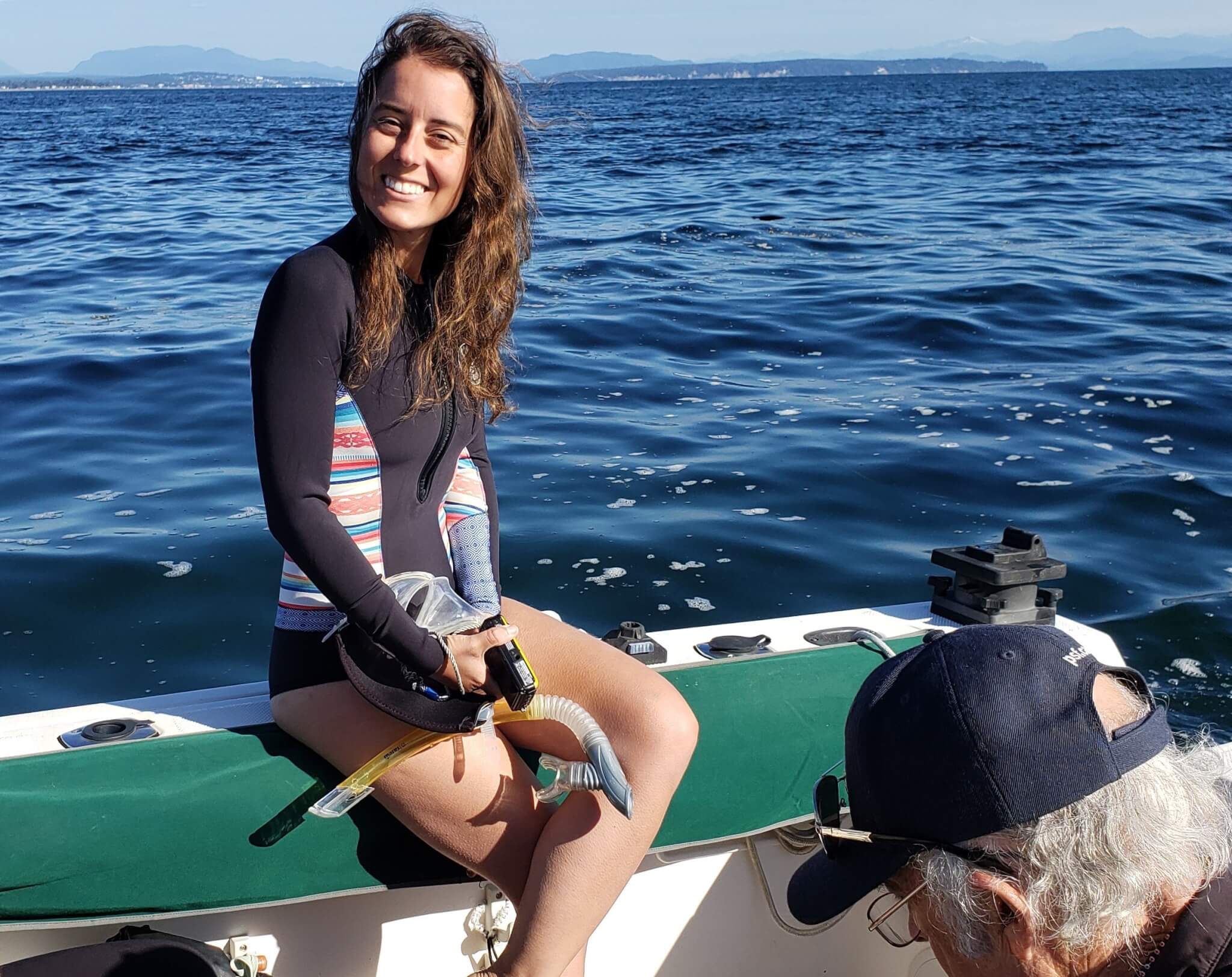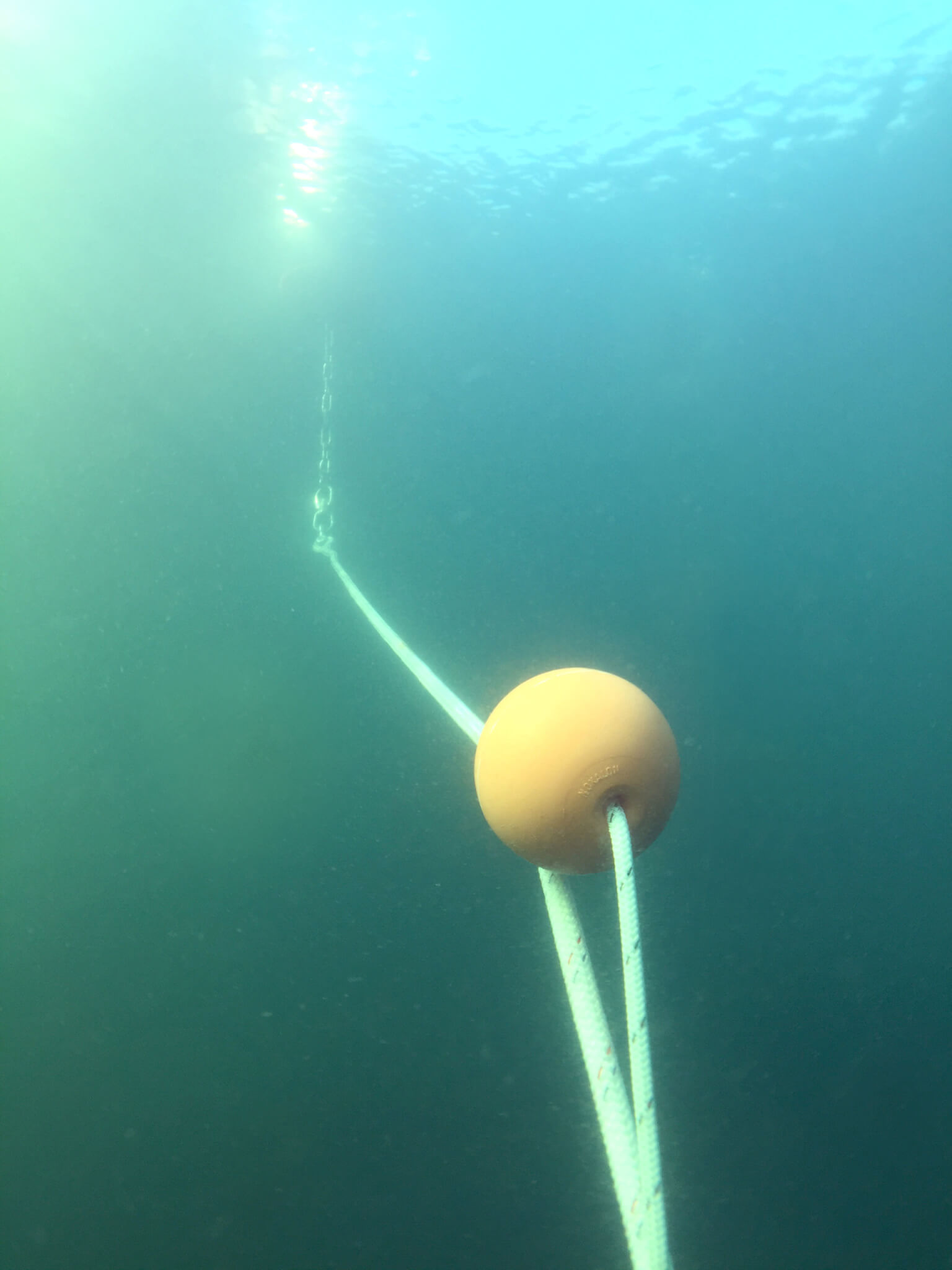Maria Catanzaro
Biologist, Pacific Salmon Foundation
I felt a deep connection to the natural world since a young age, feeling grounded by water and fishing with my dad. I guess you could say I was a fish out of water living in the city of Toronto, and as my passion for marine conservation grew, I uprooted from freshwater to the sea on the West Coast so I could immerse myself fully into the Restoration of Natural Systems program at the University of Victoria. I always knew my work would lead me to protecting marine habitat and the species that depend on them – like Pacific salmon.
Now I work as a biologist for the Nearshore and Estuary Program, a component of the Pacific Salmon Foundation’s Marine Science Program. I interview and research, at times underwater, to learn about habitat restoration and how to better support Pacific salmon in our changing climate. This work is part of PSF’s Climate Adaptation Plan for Nearshore Habitats. A report will address the importance of nearshore habitats for salmon, current and future risks to these habitats via climate change, and approaches and strategies for restoration. I’ve visited experimental eelgrass sites, and even helped collect kelp sori – which release spores required for reproduction – for PSF’s bio-bank to safeguard against habitat loss and identifying potential warm-tolerant stocks. This work grew out of PSF’s Salish Sea Marine Survival Program.
There is an interesting intersection between my current work and previous career as a human behavioural scientist – in that it all begins with the restoration of human behaviour. I’m hopeful that coordinated efforts will become more commonplace – bridging human-centered restoration efforts with sound ecological practices that protect ecosystems, support marine life including Pacific salmon and build resilience to climate change in coastal communities.
ARE YOU A BOATER? HERE’S HOW YOU CAN HELP!
Mid-line buoy systems avoid the anchor chain attached to the mooring block from scouring the seabed and eventually abrading all that lives near the block. They are inexpensive and a great way to protect the sea life under your boat, including eelgrass. To find out more, contact SeaChange Marine Conservation Society: seachange@shaw.ca




